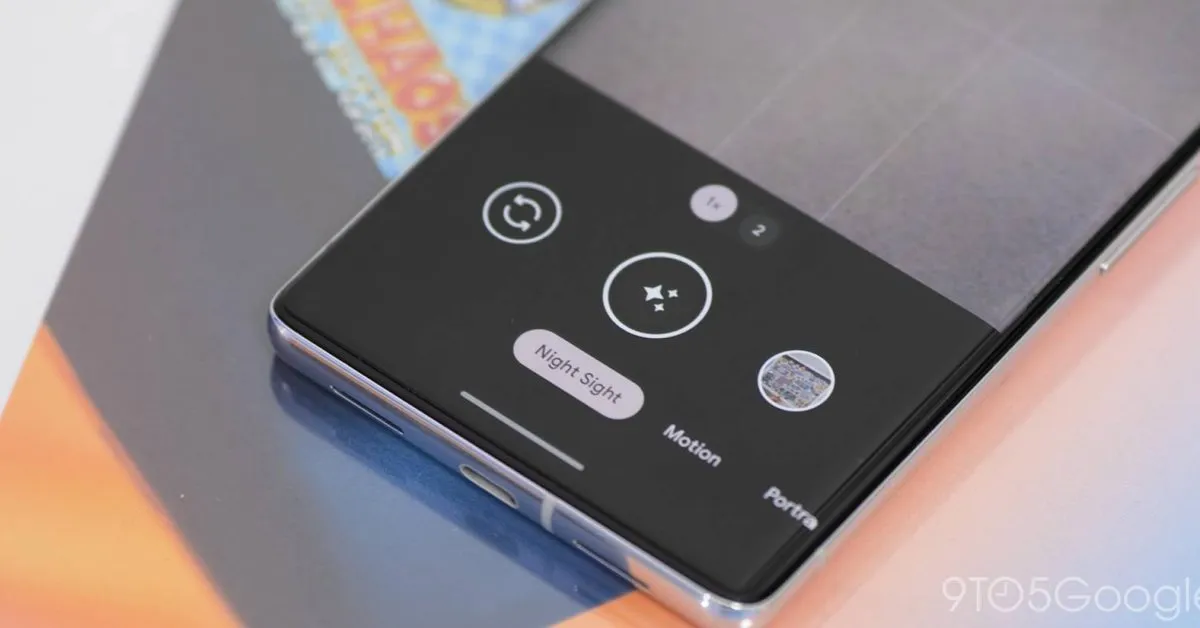
The Northern Lights, also known as the aurora borealis, have recently graced vast regions of the Northern Hemisphere, thanks to intensified geomagnetic storms. This incredible natural phenomenon is typically visible only in the far northern parts of the globe, where solar storms interact with Earth's atmosphere. The charged particles from these solar events create vibrant displays of color in the sky, offering a breathtaking view that many are fortunate enough to witness this weekend.
From May 10 to May 11, the aurora borealis will be visible in areas that usually do not experience such displays, including extensive regions of the United States. The visibility of the Northern Lights can depend greatly on your location, light pollution levels, and other environmental factors. While the naked eye may only detect subtle hues in the sky, capturing the full beauty of the aurora requires a camera, which can reveal more details under optimal conditions.
As of June 1, 2025, another significant solar storm is sweeping through, with forecasts suggesting visibility of the Northern Lights extending as far south as Alabama and California. Similar to previous events in October, areas further south may be able to capture the aurora with a camera, even if it is not visible to the naked eye. The most recent update on October 10, 2024, indicates that the Northern Lights are currently observable across large portions of the United States, making it an exciting time for skywatchers.
If you want to photograph the Northern Lights using a Google Pixel smartphone or other Android devices, here are some steps to help you achieve stunning results. First, you will need two essential items: a dark environment with minimal light pollution and a tripod. Mount your smartphone securely on the tripod and launch the camera app.
For Google Pixel users, switch to the “Night Sight” mode located along the bottom bar of the camera app. If the Northern Lights are clearly visible to your eyes, you should be able to capture it using just Night Sight. However, for enhanced detail and a time-lapse effect, consider using the astrophotography feature. Place your phone on a steady surface and keep it still for a few seconds until you see a star icon appear on the shutter button. Gently tap the shutter button, and your phone will begin the capture process, which can last up to four minutes.
While not all Android phones come with dedicated astrophotography features, many, including Samsung Galaxy devices, have standard night modes that can automatically activate in low-light conditions. If you can see the Northern Lights with the naked eye, your phone's night mode should be able to capture it as well. If the aurora is only faintly visible, you may need to enter a manual shooting mode and experiment with long exposure settings.
On modern Samsung Galaxy devices, you can access long exposure options in two ways: by switching from auto exposure to “Max” under the dedicated “Night” mode or by entering “Pro” mode and adjusting the “Speed” to 5 or 6 seconds. Just like with the Pixel, a tripod is essential for stability to achieve the best results.
If you manage to capture stunning images of the Northern Lights using this guide, we encourage you to share your photos in the comments below! This breathtaking natural display is an experience worth documenting and sharing with fellow enthusiasts.
For more tips and tricks on maximizing your Google Pixel battery life and utilizing features like Google’s Circle to Search, keep exploring our articles. Additionally, stay tuned for updates on new technologies, including AirTag-like trackers for Android’s Find My Device network expected to launch in May.